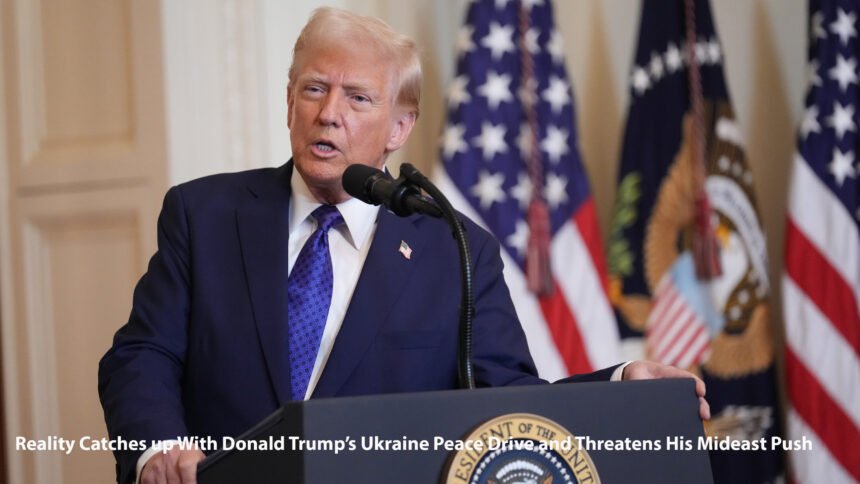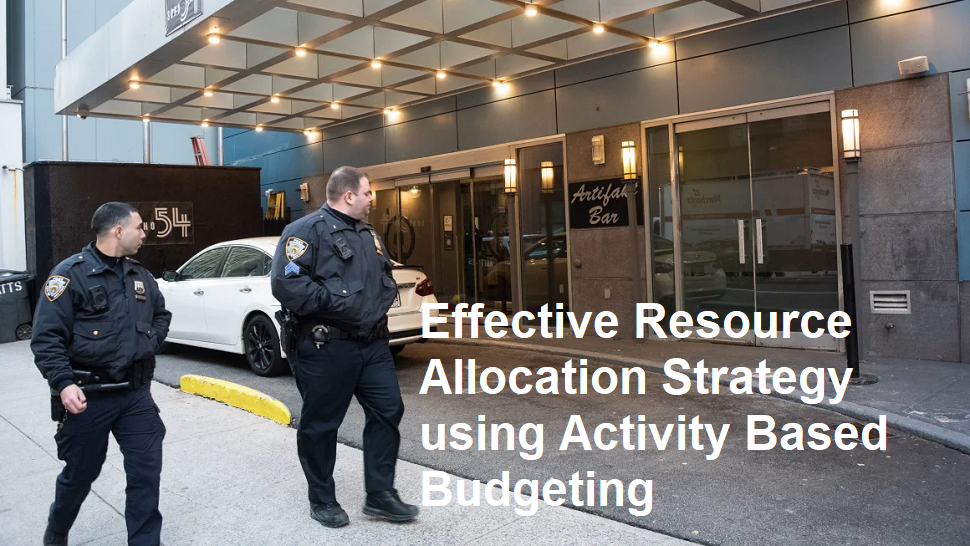Donald Trump embarked on an ambitious diplomatic agenda, vowing to end the war in Ukraine swiftly while also advancing peace initiatives in the Middle East. That plan, however, is now facing a harsh reality. Recent developments reveal that the complexity of the Ukraine-Russia conflict is outpacing his strategy, and the strain may ripple into his Middle East efforts as well.
Ukraine – From Bold Promise to Mounting Obstacles
Trump’s vision for Ukraine grew from a campaign pledge to bring the war to a rapid close. Early optimism was fuelled by talks about a cease-fire and political settlement. Yet those hopes have dimmed as the war drags on and Russia continues to exert military pressure. According to internal briefings, the proposed summit with Vladimir Putin was shelved at least temporarily after a large-scale Russian air assault inflicted major damage and renewed power cuts across Ukraine’s regions. The attack underscored how quickly the situation can deteriorate, regardless of diplomatic overtures.
On the Ukraine front, Trump has also encountered resistance to his terms. Kyiv has pushed back on proposals that would confirm Russia’s territorial gains and limit Ukraine’s future access to NATO. With Russia showing little sign of readiness to compromise and Ukraine unwilling to accept what it views as defeat, Trump’s window for a settlement is narrow. As one senior official reportedly admitted, the “deal” may now require Ukraine to make substantial concessions, something the administration has not yet secured.
The Middle East Agenda – Collateral Damage?
While attention remains fixed on Ukraine, Trump’s Middle East peace drive now hangs in the balance. His hope to broker agreements involving Gaza cease-fires, reconstruction efforts, and broader Arab-Israeli normalization has been cast into doubt by the Ukraine mess. Some regional partners are reportedly questioning whether the administration has sufficient bandwidth or credibility to shepherd complex negotiations in the region when its European commitments appear unsettled.
The risk is twofold; not only could the Middle East initiative stall, but momentum could shift to actors seen as more reliable mediators. In that scenario, U.S. strategic leverage would weaken. Trump’s vision for a grand peace-deal arc spanning Europe and the Middle East may now require recalibration.
What Went Wrong?
One factor lies in timing. Trump’s early claim that he could end the Ukraine war “within days” or weeks set lofty expectations. Reality, however, has proven far messier: entrenched frontlines, large casualties, contested territory, and the absence of a credible enforcement mechanism for any deal have all compounded the challenge.
Another factor is coherence. With dual major diplomatic efforts underway, the administration appears pulled in two directions. The primary focus on Ukraine may have siphoned attention and resources from the Middle East agenda, leaving that effort more vulnerable.
Thirdly, outcomes matter. Peace deals demand trade-offs. Expecting Ukraine to relinquish territory or NATO aspirations and convincing regional actors in the Middle East to agree to sweeping changes are non-trivial tasks. Experts suggest Trump’s approach has underestimated the depth of those trade-offs.
The Way Forward
For Trump’s foreign-policy vision to recover momentum, three things must align: credibility, clarity, and sequencing. He needs to demonstrate progress in Ukraine or adjust his expectations and messaging to match the attainable. At the same time, Middle East partners will want to see tangible U.S. engagement rather than rhetoric alone. Finally, sequencing matters, focusing on one theatre to deliver a win may restore confidence across both domains.
Should Trump successfully stitch together visible movement in either theatre, the broader ambition may regain traction. But without one, the entire framework risks unraveling.












